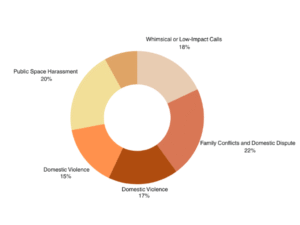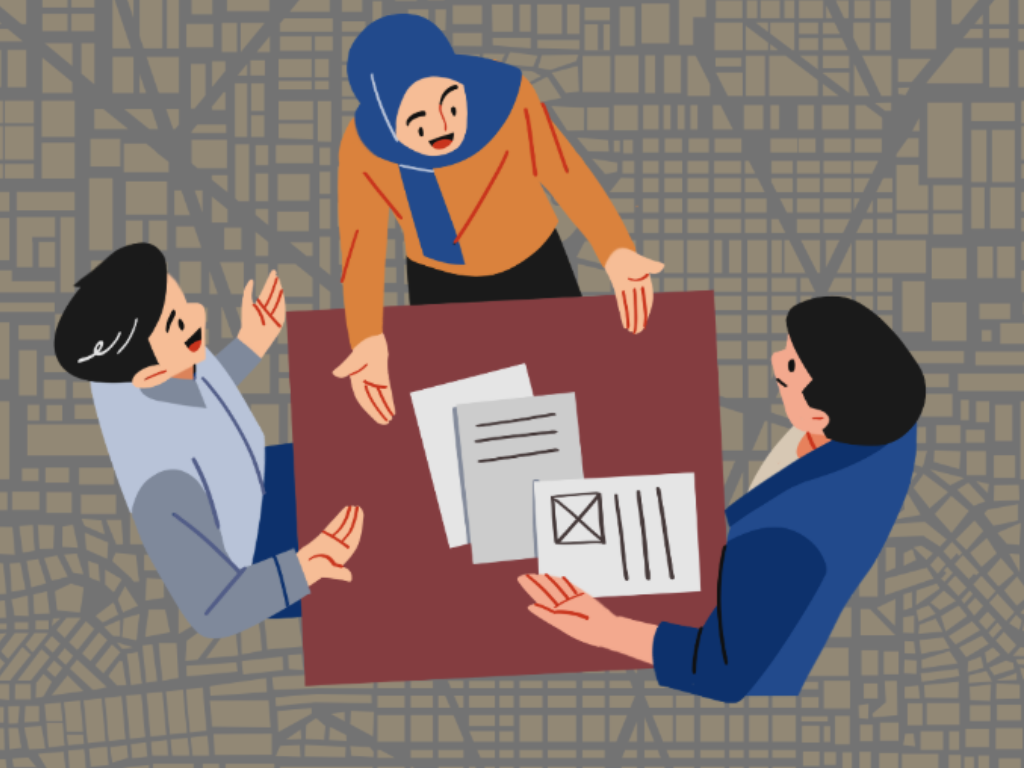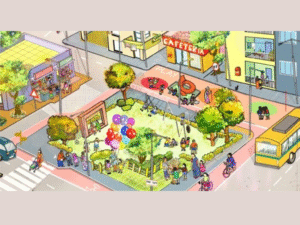In the last piece, I shared how my journey through India’s evolving cities:, especially Gurgaon, has revealed the deep-rooted cultural and structural challenges that continue to shape women’s safety. Urban safety is not only about preventing harm; it’s about fostering trust, dignity, and a sense of belonging. While the city projects modernity, its realities often tell a different story. Building on that perspective, I had the opportunity to work closely with the Gurugram Police through Safetipin. In a focused study on emergency call cases, we examined the types of harassment women face and how these incidents are being addressed. The findings were as eye-opening as they were sobering, offering insight into the six most common types of complaints received:

- Whimsical or Low-Impact Calls (18%)
Nearly one-fifth of the calls were made in the heat of the moment, during public arguments, verbal abuse, or street altercations. While these cases may seem minor, their frequency points to a broader emotional fatigue among women navigating public life. They also reflect the absence of informal conflict resolution mechanisms, pushing even the mildest incidents into emergency channels. - Family Conflicts and Domestic Disputes (22%)
A significant share of calls involved family-related issues: drunken relatives, quarrels with neighbours, or domestic tension. What stood out is that many of these cases weren’t about seeking justice: they were about regaining peace in tense households. Over half were withdrawn shortly after being filed, reflecting the deep ambivalence many women face when the perpetrator is someone close. - Domestic Violence (17%)
The undercurrent of silent suffering was most visible here. Women reported ongoing abuse—physical, emotional, or psychological, but only a small fraction pursued legal remedies. Cultural stigma, economic dependence, and fear of backlash continue to silence many. Nationally, domestic violence remains one of the most underreported crimes, and Gurgaon is no exception. - Workplace and Community-Based Harassment (15%)
These cases included stalking, intimidation, and inappropriate behaviour in offices or neighbourhoods. While not physically violent, they left lasting psychological impacts. In India, over 80% of working women have experienced harassment at some point, but few report it. The cases we studied echoed this silence often rooted in fear of retaliation or job loss. - Public Space Harassment (20%)
One in five women reported incidents in the streets, markets, or public transport. The emotional toll was high; many altered routines, avoided certain areas, or even changed jobs. A 2021 Safetipin audit found that 60% of women in Gurgaon avoid going out after dark. Public spaces, meant to enable freedom, too often impose caution instead. - Grave Violence and Assault (8%)
The most extreme cases involved assault or severe threats. Victims here faced the longest road to justice, often marked by legal delays, social stigma, and emotional trauma. National conviction rates for such crimes remain below 30%, a disheartening reality that leaves many women feeling more abandoned than empowered.
The Gurugram Police have made commendable progress in categorising and triaging complaints based on urgency. But resource constraints and deep-rooted social biases still affect outcomes. Victims often reported being discouraged from pursuing formal action, especially if the accused was a relative or an unidentified stranger.
The reality is clear: police intervention alone isn’t enough. Safety must be built into the very fabric of the city through inclusive planning, legal reforms, community engagement, and cultural change. Urban safety is not just about preventing harm; it’s about fostering trust and dignity.
In my experience as a U-CAN fellow, I explored more beyond the topic of emergency response and delved deeper into the role of urban planning and design in shaping gendered experiences of safety. How do elements like spatial layout, land use, transit access, and the presence (or absence) of inclusive infrastructure affect how safe a woman feels in her environment? We’ll explore how cities can be designed not just to protect, but to empower—and what it means to build urban spaces that reflect the needs of all genders from the ground up.


